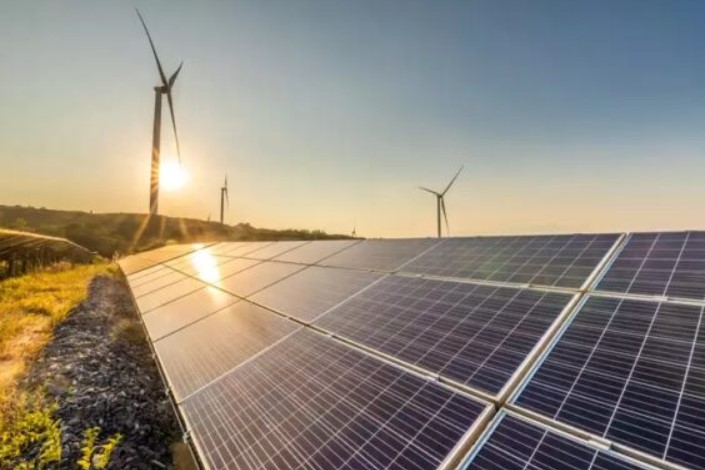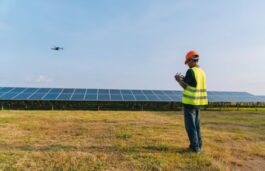Highlights :
- Indian Ratings attributed this to significant reduction in equipment prices, continued policy support, availability of liquidity and investment plans of some of the large corporate players in the renewable sector for growth.
 Travancore Cochin Chemicals Issues 22 MW RE Plant Tender
Travancore Cochin Chemicals Issues 22 MW RE Plant Tender India Ratings and Research (Ind-Ra) expects the annual renewable capacity addition to maintain pace and remain at 15-18GW over FY25-FY26, owing to a significant reduction in equipment prices, continued policy support, availability of liquidity and investment plans of some of the large corporate players in the renewable sector for growth. However, the execution timelines of renewable capacity addition would continue to hinge on the regulatory stance towards import duties on cells & modules, support towards domestic cells & modules manufacturing and indigenization push towards domestic equipment sourcing.
It maintained a neutral outlook for the Indian power sector for FY25, as it believes the overall plant load factor of thermal power plants would continue to improve and reach closer to 70% in FY25. This is attributed to continued higher power demand, a ramp-up in domestic coal production, slower capacity additions and continued dependence on coal-based generation till sufficient storage capacity is built up for energy transition towards renewables.
“Ind-Ra continues to see a demand-supply mismatch in the power market, which would lead to a continued uptick in plant load factors of thermal plants and elevated merchant tariffs. While solar capacity addition has picked up pace following a reduction in the module prices and renewable capacity addition is likely to remain at over 15GW annually, effective storage options still need to be developed for the renewable capacities to be able to provide round-the-clock power. The sector has seen an improvement in debt position backed by a reduction in working capital requirements and an improvement in capital structures of large players.” says Bhanu Patni, Associate Director, Corporate Ratings, Ind-Ra.
The agency expects Indian merchant market prices to remain high in FY25 amid continued higher demand and slower thermal capacity addition. However, Ind-Ra expects the thermal capacity addition to pick up pace over FY25-26 with the likely commissioning of 6-8GW each year. The new draft tariff norms released by the Central Electricity Regulatory Commission for FY25-FY29 also ensures stability by keeping the regulated returns of existing power plants.
The energy transition in India towards renewable capacity will largely hinge on the progress of the addition and development of energy storage capacities, given the intermittent nature of the renewable energy for grid stability. Ind-Ra expects the pumped storage hydro power projects to emerge as a viable solution, given battery storage currently is economically less viable and an increase in return on equity to 17% from earlier 16.5% for pumped hydro storage as per draft CERC regulations for FY25-FY29.
The improvement in India’s debtor’s position for generating companies continues on account of an improvement in the liquidity position of distribution companies led by timely tariff hikes, successful implementation of Late Payment Surcharge scheme and a continued reduction in aggregate technical & commercial losses. Ind-Ra believes the improvement in payment behaviour of state distribution companies continues to result in better sector financials. However, a delay in reforms including regular tariff hikes, a slower-than-expected reduction in aggregate technical & commercial losses and other operational improvements, could again lead to a pile-up in receivables for generating companies.
Further, Ind-Ra believes the business model of large corporates in India, predominantly in thermal space, will increasingly be shifting away to non-regulated from regulated with renewables capacity additions, although Ind-Ra takes comfort from their execution capabilities and ability to tap low-cost funding.
Ind-Ra has maintained a Stable rating Outlook on its rated sector entities in India for FY25. The agency had a Stable Outlook on 84% and a Positive Outlook on 5% of its rated portfolio at end-March 2024. Ind-Ra expects the credit metrics of the rated companies in the sector to remain stable in FY25, led by additional EBITDA generation from new capacities, deleveraging in spite of continued capex plans and a higher proportion of renewable capacity additions. Furthermore, Ind-Ra has observed adequate liquidity buffers being available with most of its rated issuers in the ‘A’ and above categories, and thus, has maintained a Stable rating Outlook.



























